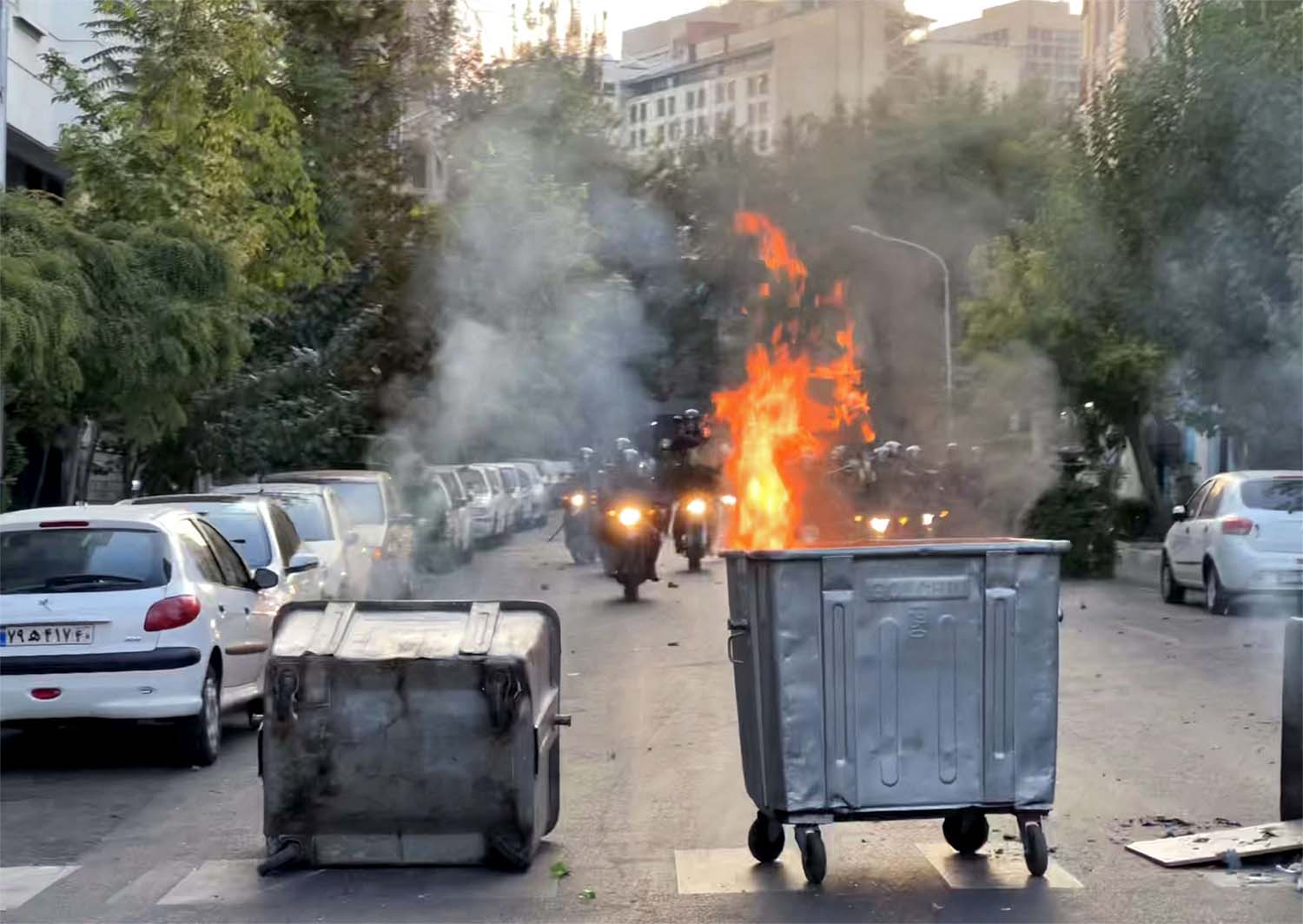Iran seeks to silence protesters with internet disruption
DUBAI - Access to internet in Iran may be disrupted due to "security reasons", the minister of communications was quoted as saying on Wednesday by the semi-official ISNA news agency, amid widespread protests following the death of in police custody.
"Due to security issues and the debates going on currently in the country, restrictions to the internet may be decided and applied by the security apparatus, but overall we have not had any bandwidth reduction," Issa Zarepour said.
Four Iranian police officers were injured and one "police assistant" died from injuries on Tuesday in the southern city of Shiraz following violent protests, the official IRNA news agency reported on Wednesday.
"On Tuesday evening, some people clashed with police officers and as a result one of the police assistants was killed. In this incident, four other police officers were injured in Shiraz," IRNA said.
Fifteen protesters were arrested in Shiraz on Tuesday, according to an official quoted by IRNA.
Protests have erupted across Iran in recent days after the 22-year-old Mahsa Amini died while being held by the morality police for violating the country's strictly enforced Islamic dress code.
Anger has seen women remove their mandatory headscarves, or hijabs, from covering their hair after the death of Mahsa Amini, who was picked up by morality police over her allegedly loose headscarf. Videos online show women twirling them overhead, chanting. Others have burned them or cut off locks of their own hair in rage.
Amini's death has angered many Iranians, particularly the young, who have come to see it as part of the Islamic Republic's heavy-handed policing of dissent and the morality police's increasingly violent treatment of young women.
At some of the demonstrations, protesters have clashed with police. Thick clouds of tear gas have been seen in the capital, Tehran.
Meanwhile, motorcycle-riding volunteers known as “Basij” in Iran's paramilitary Revolutionary Guard have chased and beaten demonstrators — as they have in other protests in recent years over water rights, the country's cratering economy and other reasons that have been violently suppressed.
Yet some demonstrators still chant “death to the dictator,” targeting both Supreme Leader Ali Khamenei's rule and Iran's theocracy, despite the threat of arrest, imprisonment and even the possibility of a death sentence.
Here's a look at what sparked the protests and where they might lead.





